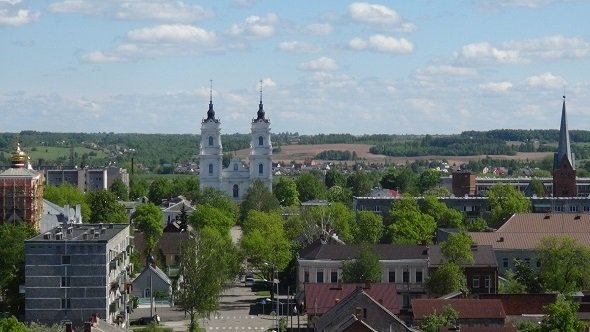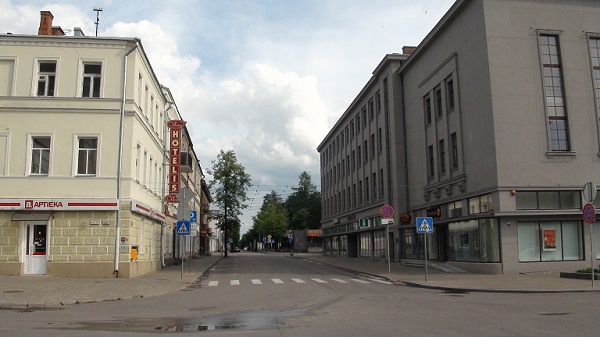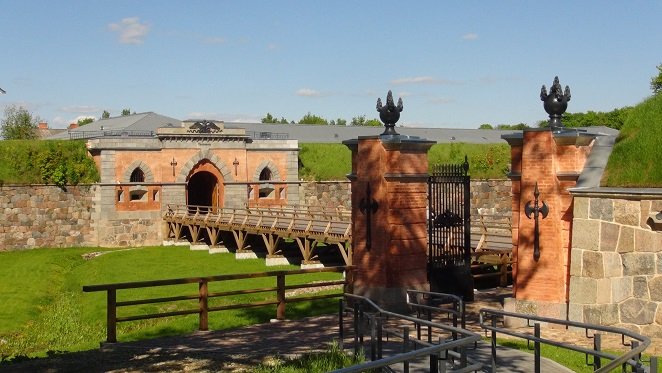Daugavpils (pop. 93 000) is Latvia’s second largest city and the main metropolis of Latgale (Eastern Latvia).
Uniquely, ethnic Latvians make up only 20% of the population here, making the city seem distant and disloyal to many Latvians. Russian is the lingua franca of Daugavpils. While the city is ethnically diverse (Russians – 54%, Poles – 14%, Belarusians – 7%, Ukrainians – 2%) the Soviet Russification drive has ensured that even to most non-Russian locals Russian is also the native tongue.

Daugavpils became a large city after Russian Empire has developed a massive fortress here (1810-1876) as well as laid primary Saint Petersburg-Warsaw road (1834) and railroad (1860) through the city. While the regular Downtown street grid dates to that era of rapid growth, many of the buildings are newer as the city was devastated during World War 2 and subsequent Soviet regime.

Daugavpils Downtown is where the shopping, restaurants, and nightlife are concentrated, but the most iconic districts lie beyond it. These are the Fortress (Cietoksnis), which is now inhabited, and the Churches Hill area where churches of 4 Christian denominations stand side by side, signifying Daugavpils’s and Latgale’s multi-religious history. The nearby Varšavas street has some pretty villas that miraculously survived World War 2 bombings.

Other parts of Daugavpils are the off-the-beaten-path suburb of Grīva beyond the river that still retains some 19th century atmosphere and the mostly Soviet and post-Soviet New Daugavpils in the east.
While Daugavpils is somewhat infamous as poor, these days it looks much better than it did a decade ago.
Loading map...

